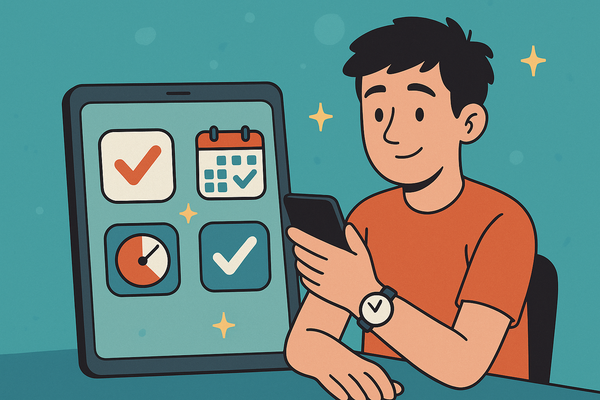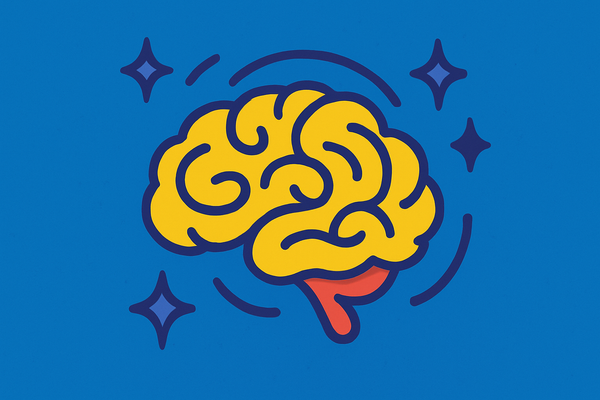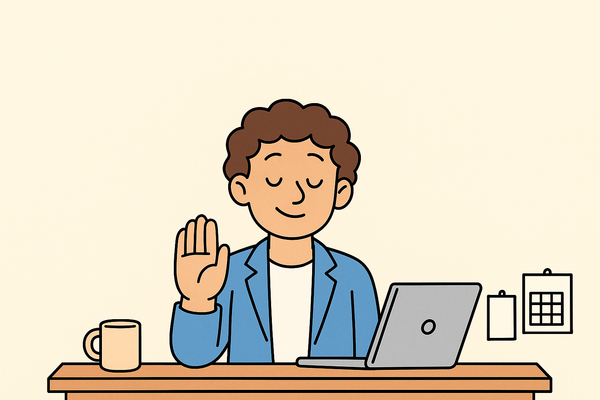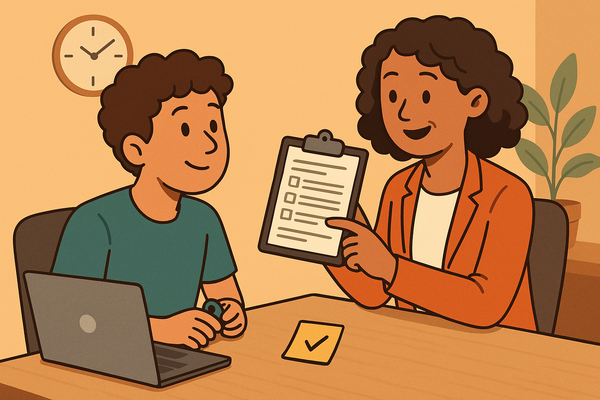Can ADHD Adults Be Successful? Here’s What I Learned After 25 Years in Design
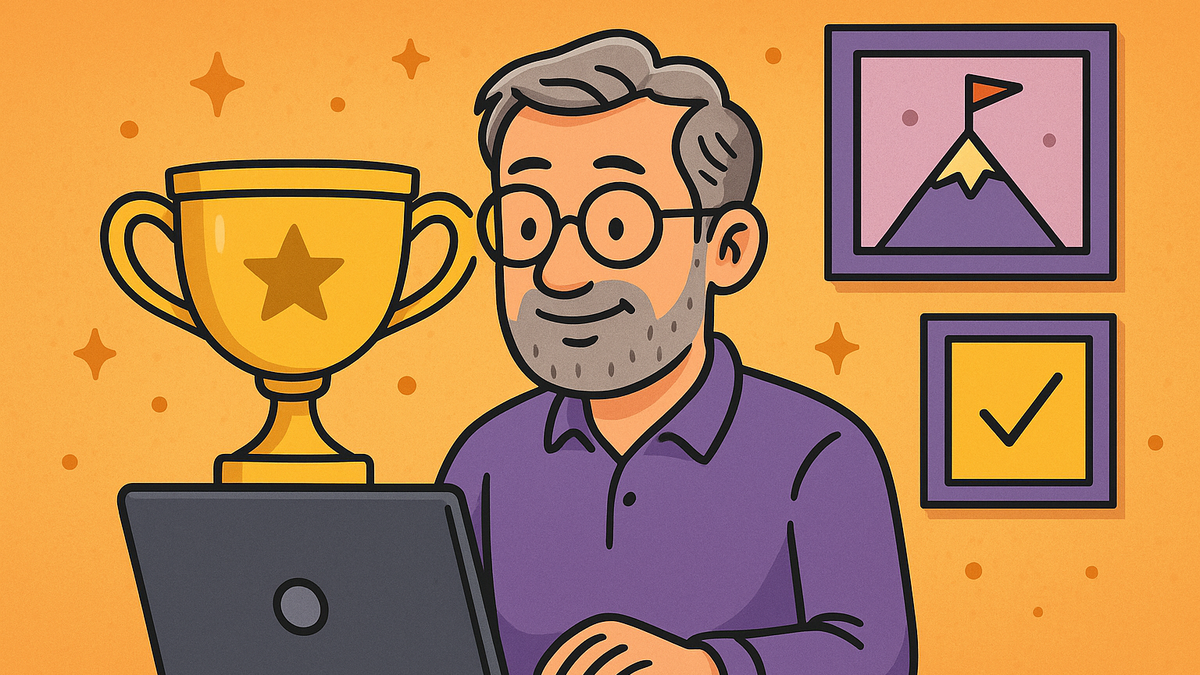
For most of my career, I didn’t know I had ADHD. I just thought I was… chaotic.
Not disorganized, exactly — I could build complex systems, design beautiful interfaces, and lead creative teams. But I was always fighting myself to do it. My focus came in unpredictable bursts. I lost track of time constantly. I either forgot meetings or hyper-fixated through lunch.
I chalked it up to “creative quirks” and “working under pressure.” Then I got diagnosed with ADHD in my late 40s — and everything clicked.
Yes, ADHD Adults Can Be Successful
I’m living proof.
I’ve worked as a digital designer for over 25 years. I’ve led teams, launched products, pitched to clients, and navigated fast-moving industries. And I did it all with a brain that was — unknowingly — running on hard mode the entire time.
What changed after my diagnosis wasn’t that I suddenly became successful. It was that I finally understood why certain things were always so hard — and why other things came unusually easily.
ADHD Challenges Didn’t Stop Me — But They Did Cost Me
Before I knew I had ADHD, I:
- Missed deadlines because I couldn’t get started until panic kicked in
- Felt deep shame over “not trying hard enough” when I hit executive dysfunction
- Thought I was bad at planning, when I was actually time blind
- Rebuilt systems and workflows constantly, thinking the next version would fix everything
I was successful despite my ADHD — but it came at a mental cost: burnout, self-doubt, and a quiet belief that I just wasn’t wired right.
What Helped Me Succeed (Before and After Diagnosis)
ADHD didn’t make me less capable. It made me differently capable — and once I understood that, I started working with my brain instead of against it.
Here’s what helped:
1. Visual Thinking
Design isn’t just what I do — it’s how I think. Sketching ideas, mapping flows, colour-coding systems… it’s how I made sense of chaos. Visual work plays to ADHD strengths like pattern recognition and creativity.
2. Urgency as a Tool
Deadlines gave me structure. Last-minute pressure gave me dopamine. Once I recognized that, I started building fake urgency into my schedule — breaking work into smaller deliverables with earlier internal deadlines.
3. Flexible Routines, Not Rigid Ones
I don’t do 5AM cold plunges. I do “structured-ish” routines: a consistent workspace, a few morning anchors, and task menus I can choose from based on brainpower. That flexibility made it sustainable.
4. Permission to Not Be Perfect
Before my diagnosis, every inconsistency felt like a personal failure. After, I saw that inconsistency was normal for my brain — and that building in slack, grace, and recovery time wasn’t laziness. It was smart.
You’re Not Broken. You Just Need Better Tools.
If you’re asking whether ADHD adults can be successful, the answer is absolutely yes — but not in the way success is usually sold.
You don’t have to become hyper-optimized. You don’t have to change who you are. You need systems that adapt to your brain, not the other way around.
For me, success came from curiosity, creativity, and obsessive problem-solving. My ADHD didn’t stop that — it fueled it. It just took me 25 years to realize it.
Final Thought
Success with ADHD doesn’t look linear. It looks like false starts, weird workflows, bursts of brilliance, and naps you feel guilty about. And if you’re living that version of success — or trying to — you’re not alone.
You’re in the loop now.
👉 Want more honest tools, creative routines, and ADHD-friendly insights?
Subscribe to The Focus Loop — it’s for people like us.

